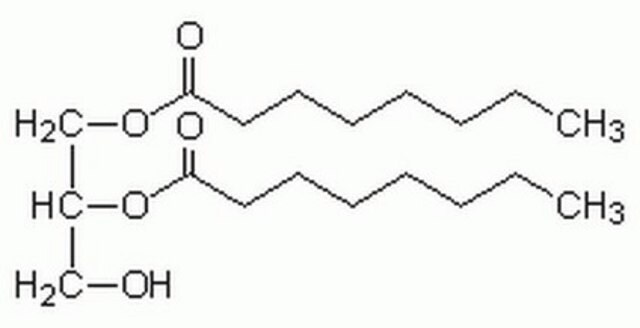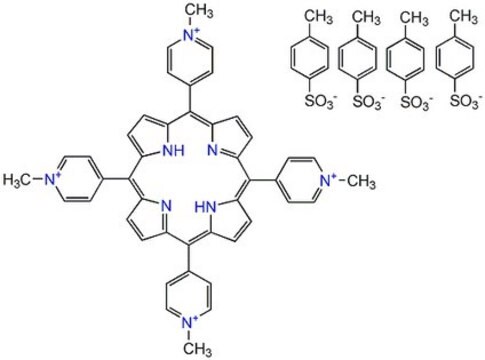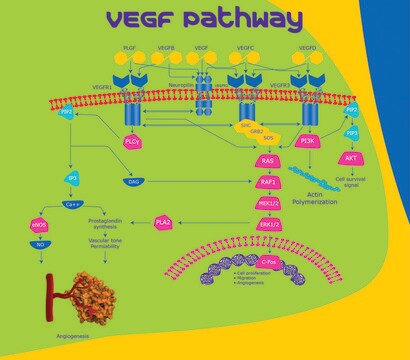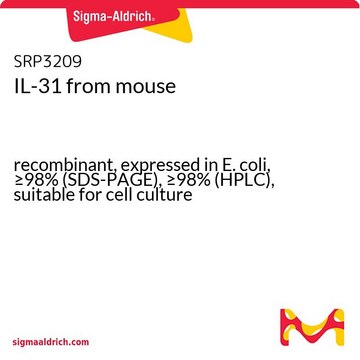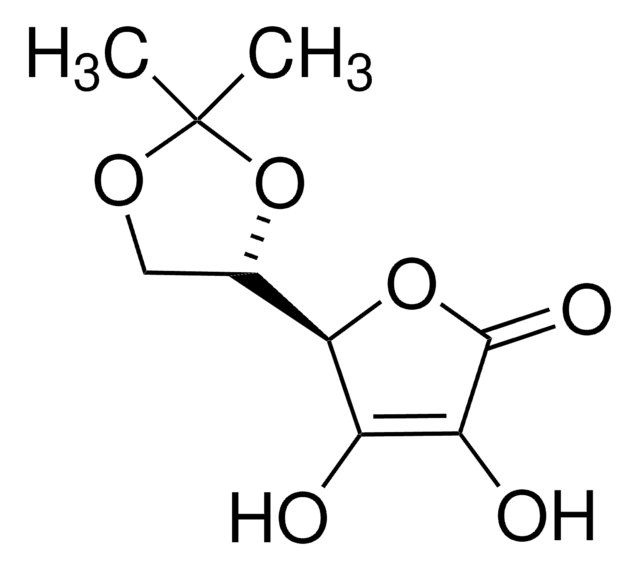SRP6153
Activin A human
recombinant, expressed in human cells, ≥95% (SDS-PAGE)
Synonim(y):
FRP, FSH-releasing protein, Inhibin beta A
About This Item
Polecane produkty
pochodzenie biologiczne
human
rekombinowane
expressed in human cells
Próba
≥95% (SDS-PAGE)
Formularz
lyophilized
masa cząsteczkowa
25 kDa (homodimer, non-glycosylated)
opakowanie
pkg of 10 μg
numer dostępu NCBI
Warunki transportu
dry ice
temp. przechowywania
−70°C
ciąg SMILES
O(C2C3(C(C4C(C5CCC(=O)C=C5CC4)CC3)CC2)C)C(=O)CCc1ccccc1
InChI
1S/C27H34O3/c1-27-16-15-22-21-11-9-20(28)17-19(21)8-10-23(22)24(27)12-13-25(27)30-26(29)14-7-18-5-3-2-4-6-18/h2-6,17,21-25H,7-16H2,1H3
Klucz InChI
UBWXUGDQUBIEIZ-UHFFFAOYSA-N
informacje o genach
human ... INHBA(3624)
Opis ogólny
Postać fizyczna
Uwaga dotycząca przygotowania
Rekonstytucja
Kod klasy składowania
11 - Combustible Solids
Klasa zagrożenia wodnego (WGK)
WGK 3
Temperatura zapłonu (°F)
Not applicable
Temperatura zapłonu (°C)
Not applicable
Wybierz jedną z najnowszych wersji:
Certyfikaty analizy (CoA)
It looks like we've run into a problem, but you can still download Certificates of Analysis from our Dokumenty section.
Proszę o kontakt, jeśli potrzebna jest pomoc Obsługa Klienta
Masz już ten produkt?
Dokumenty związane z niedawno zakupionymi produktami zostały zamieszczone w Bibliotece dokumentów.
Nasz zespół naukowców ma doświadczenie we wszystkich obszarach badań, w tym w naukach przyrodniczych, materiałoznawstwie, syntezie chemicznej, chromatografii, analityce i wielu innych dziedzinach.
Skontaktuj się z zespołem ds. pomocy technicznej
